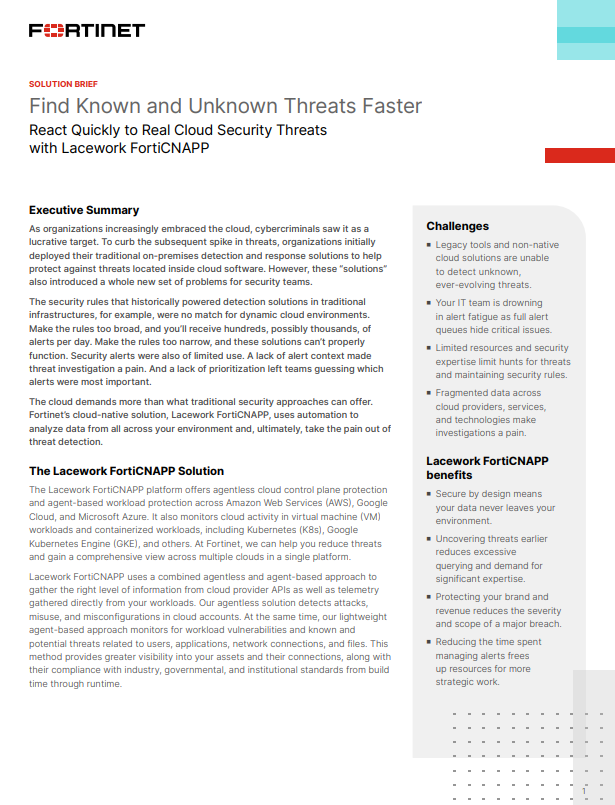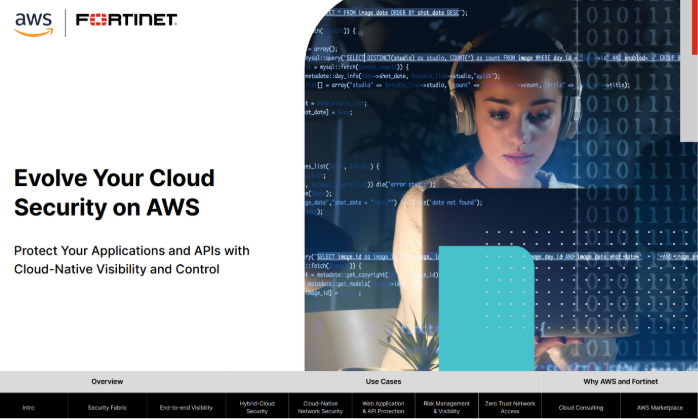Star Trek communications could help hospital save lives
Sherwood Forest Hospitals NHS Foundation Trust in Nottinghamshire has teamed up with BT to use a Star Trek-style communications system that will make it easier for doctors and nurses to communicate and enhance patient care.


Star Trek-like technology from BT could be just what the doctor ordered for staff and patients at Sherwood Forest Hospitals NHS Foundation Trust in Nottinghamshire.
Previously, according to the trust's own research, it used to take staff members, on average, six-and-a-half minutes to get in touch with a colleague using a telephone or pager.
Now, following a successful trial with 75 users in its accident and emergency (A&E), radiology and medical admissions departments at Kings Mill Hospital in Sutton-in-Ashfield, the trust is using the wireless local area network-based BT Managed Vocera solution, to enable doctors and nurses to communicate with one another in a matter of seconds.
Using the new system, some 1,200 hospital workers, ranging from doctors to receptionists and porters, can speak to each other instantly regardless of where they're based in the hospital using a voice-controlled, wearable badge that weighs less than two ounces.
The system can integrate with existing switchboards and converts voice into IP packets using voice over internet protocol (VoIP) technology so that it can be reassembled by the receiving device and understood by the recipient.
By just uttering a person's name, department or role, users will be automatically connected to the right person and can then chat to them just like they would on a normal phone.
"In accident and emergency we have been able to move patients more quickly into admitting departments, using the badge to communicate between A&E and site co-ordination staff," said Jeffrey Worrall, the trust's chief executive.
Get the ITPro daily newsletter
Sign up today and you will receive a free copy of our Future Focus 2025 report - the leading guidance on AI, cybersecurity and other IT challenges as per 700+ senior executives
"And as well as transforming patient care, this technology can also improve the way we provide our services and help boost efficiency. But ultimately it's about what's best for our patients and one day there will be an incident where using Vocera will help save a life. I have absolutely no doubt about that."
Carl Miller, superintendent radiographer at the hospital added: "With Vocera I can continue to x-ray patients even when a problem arises. I'm told about the issue immediately via the badge and can think of the best solution while I continue to work. So multi-tasking has become a reality."
Maggie has been a journalist since 1999, starting her career as an editorial assistant on then-weekly magazine Computing, before working her way up to senior reporter level. In 2006, just weeks before ITPro was launched, Maggie joined Dennis Publishing as a reporter. Having worked her way up to editor of ITPro, she was appointed group editor of CloudPro and ITPro in April 2012. She became the editorial director and took responsibility for ChannelPro, in 2016.
Her areas of particular interest, aside from cloud, include management and C-level issues, the business value of technology, green and environmental issues and careers to name but a few.

